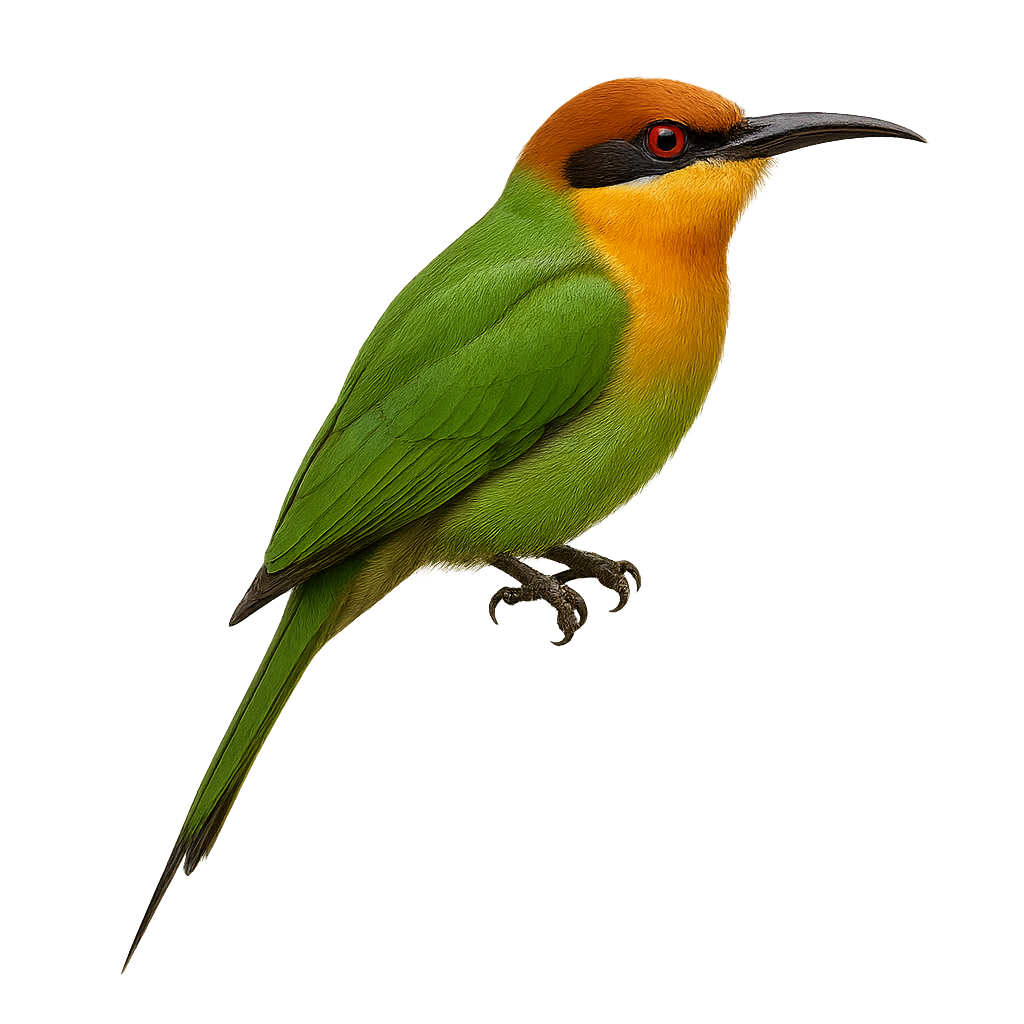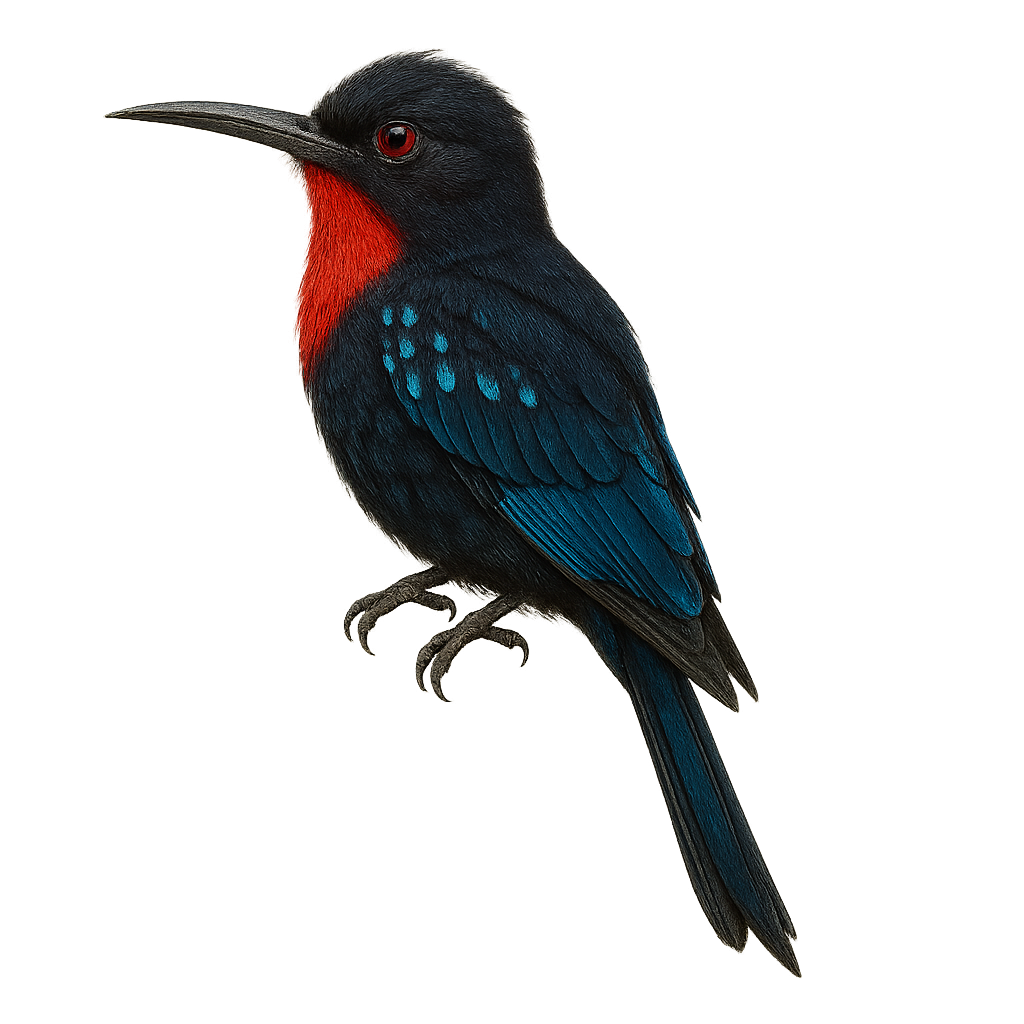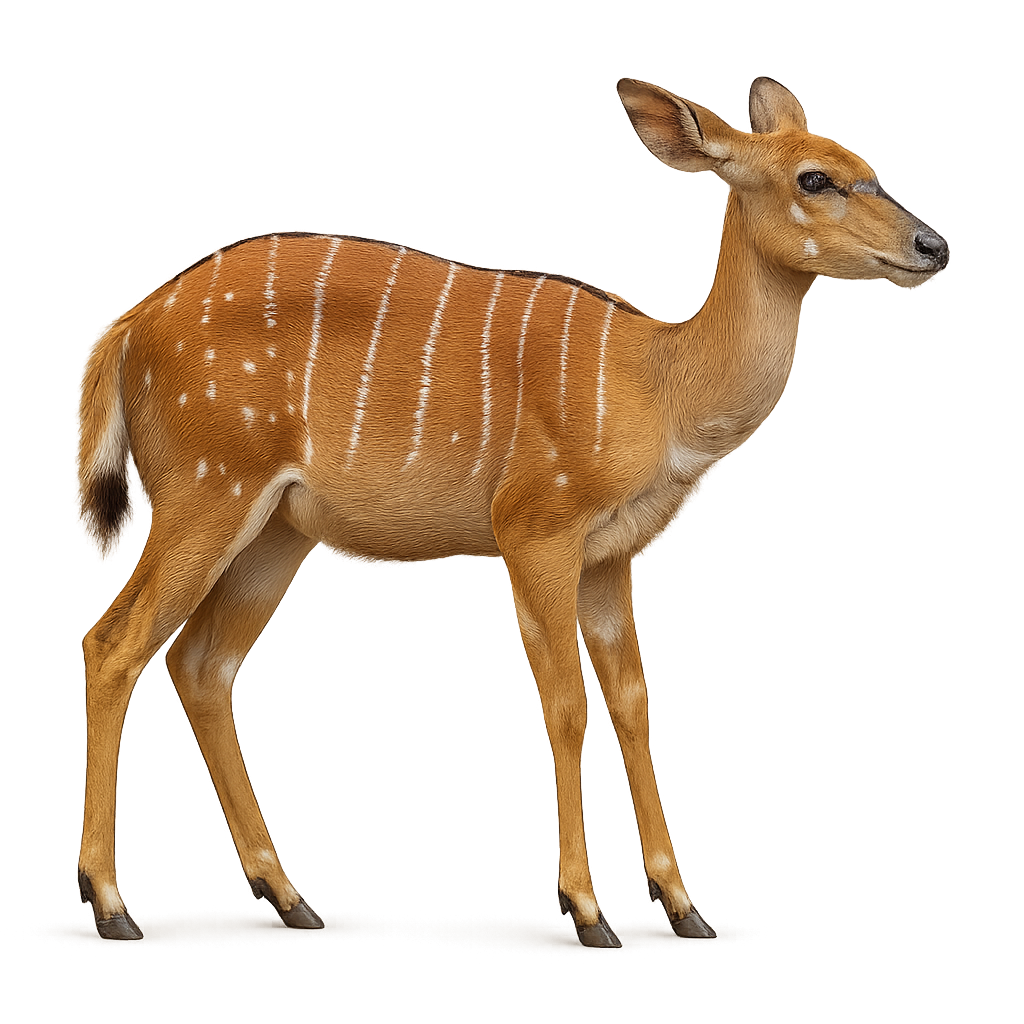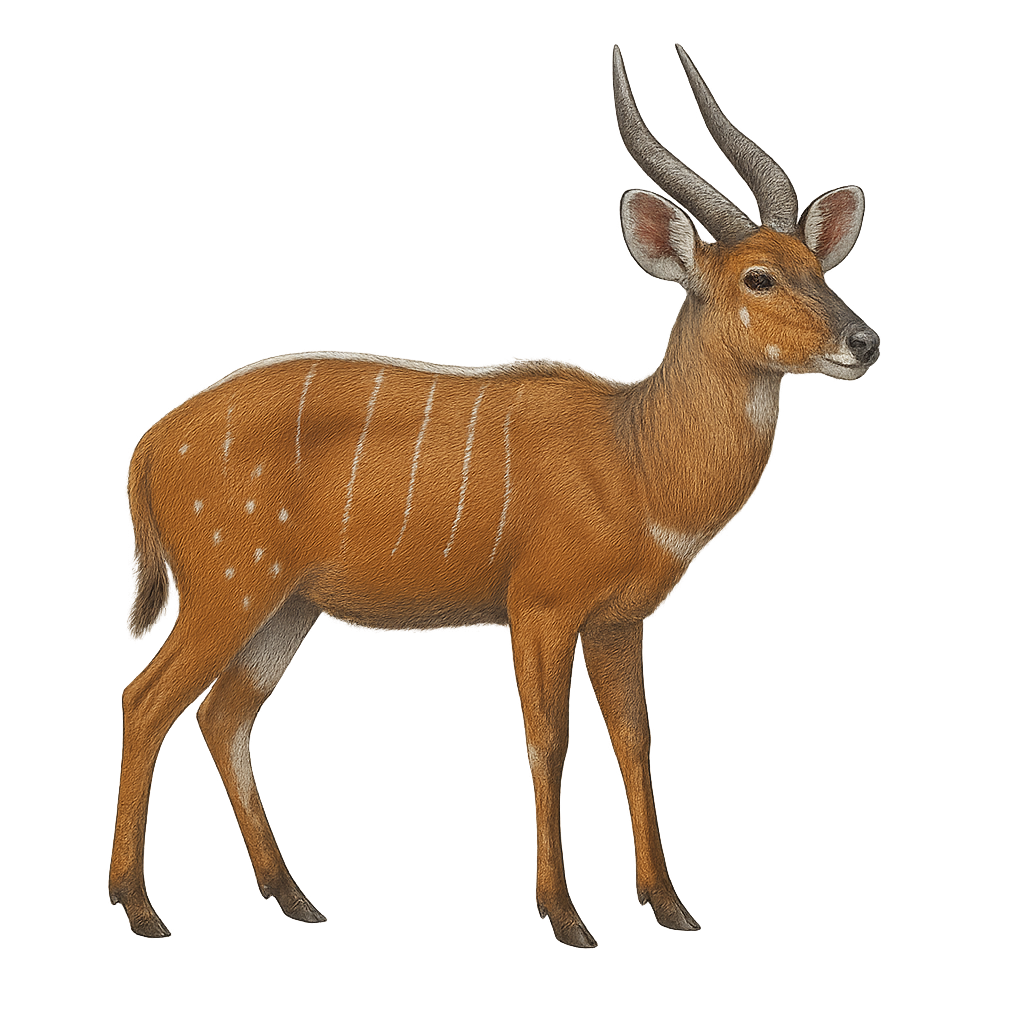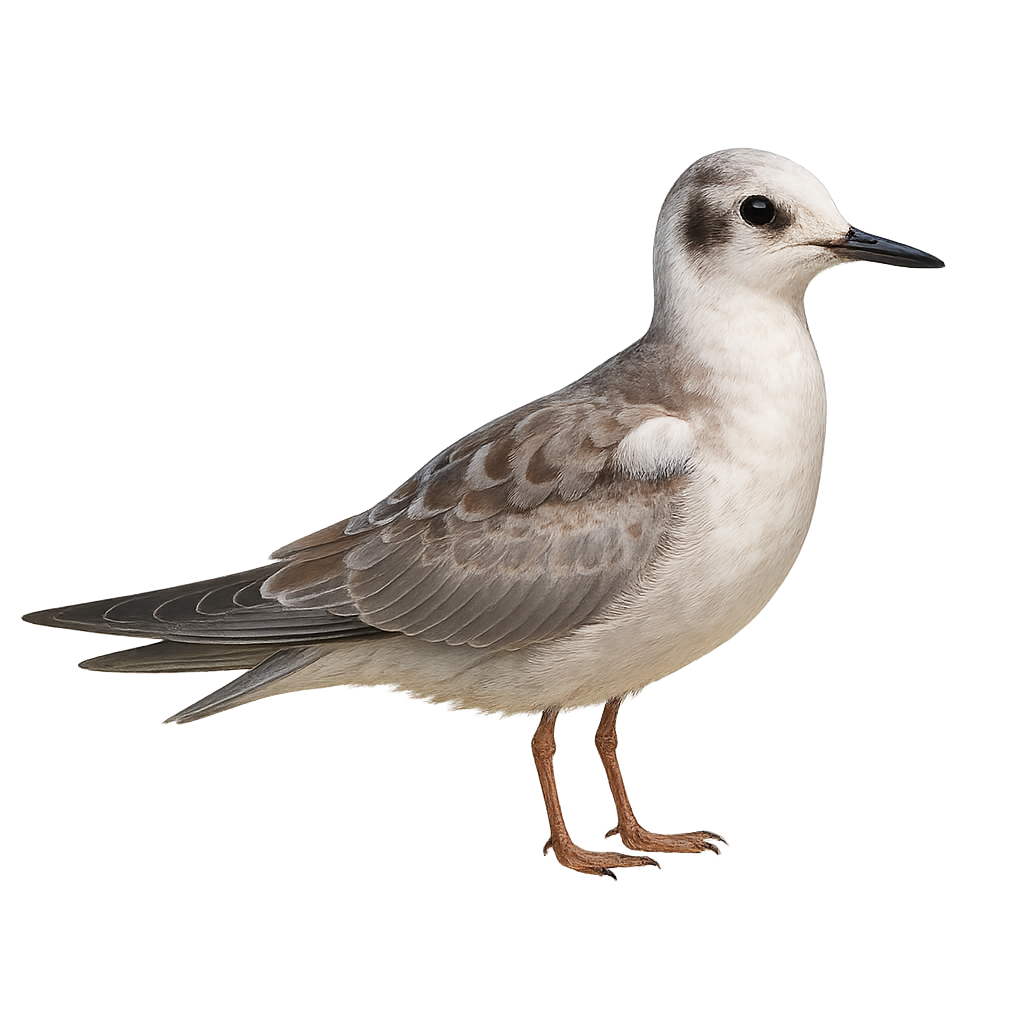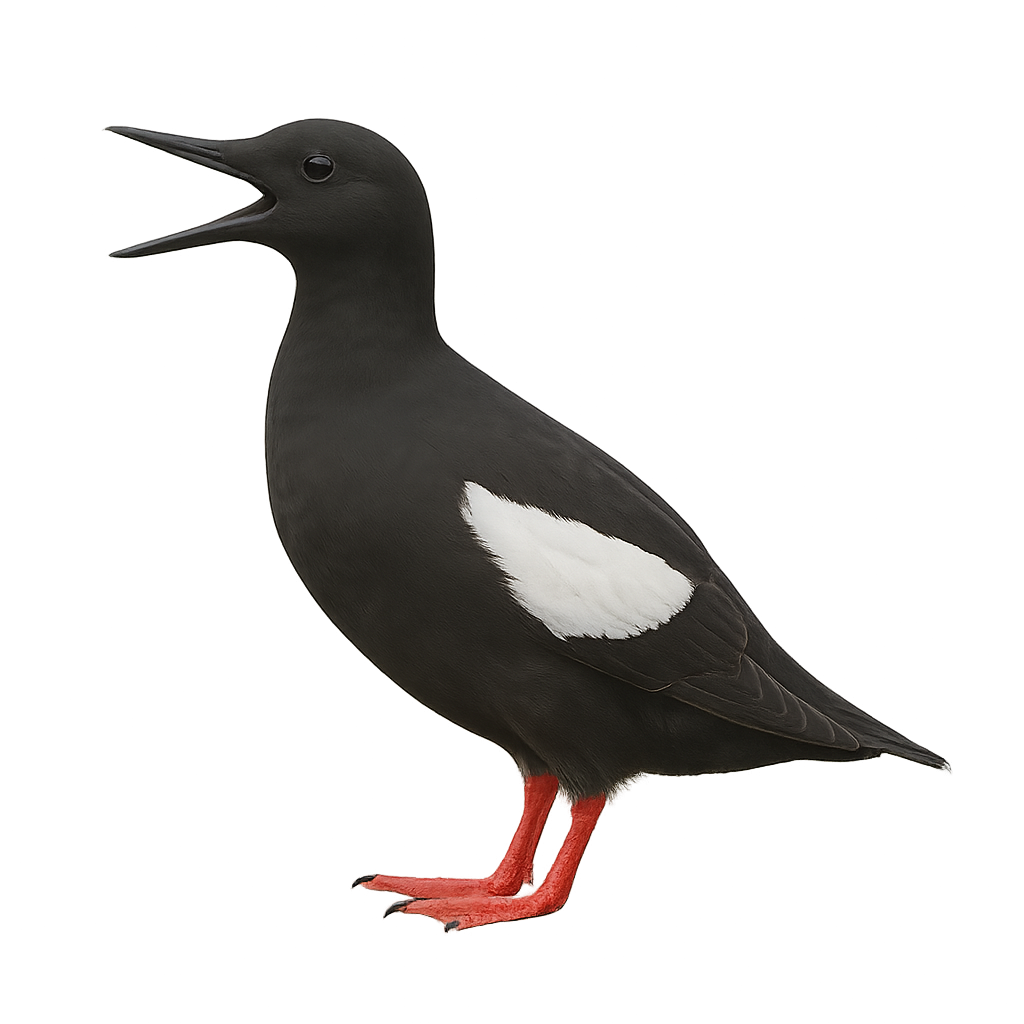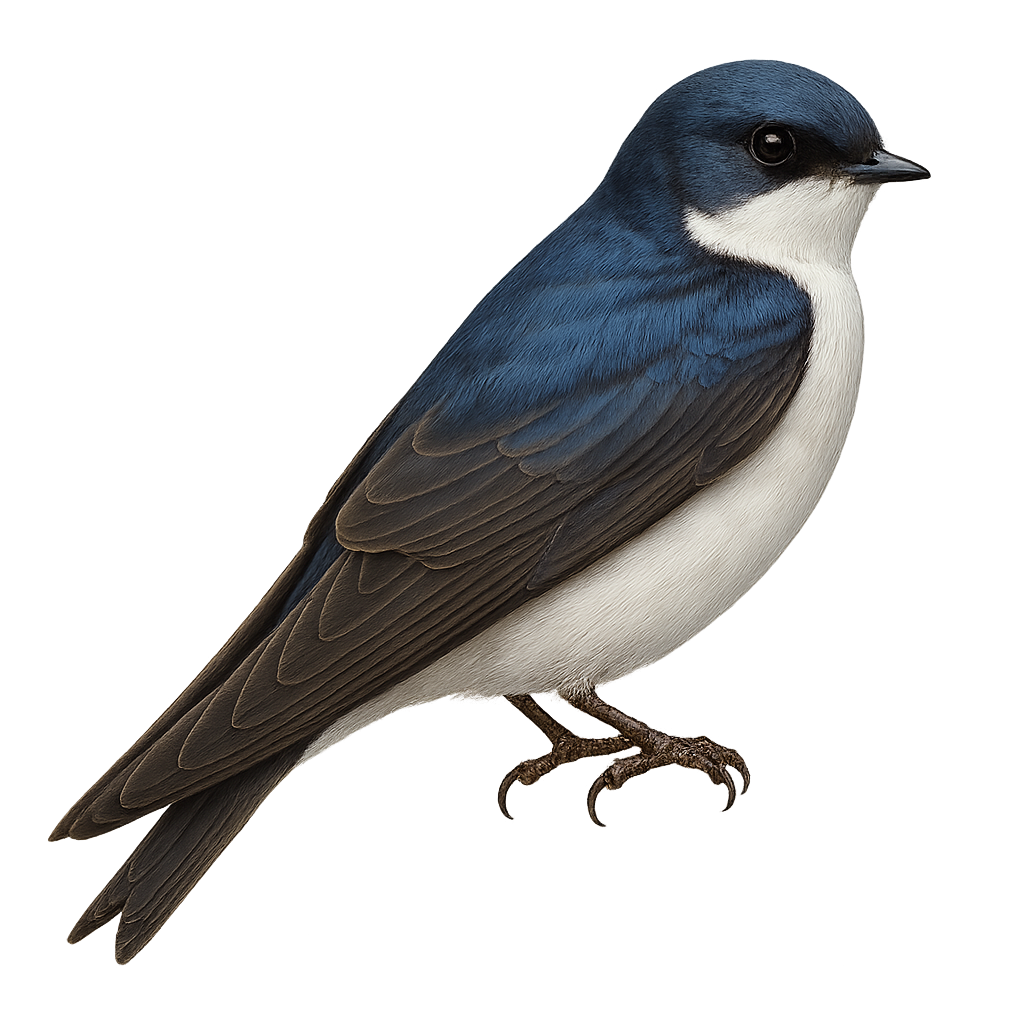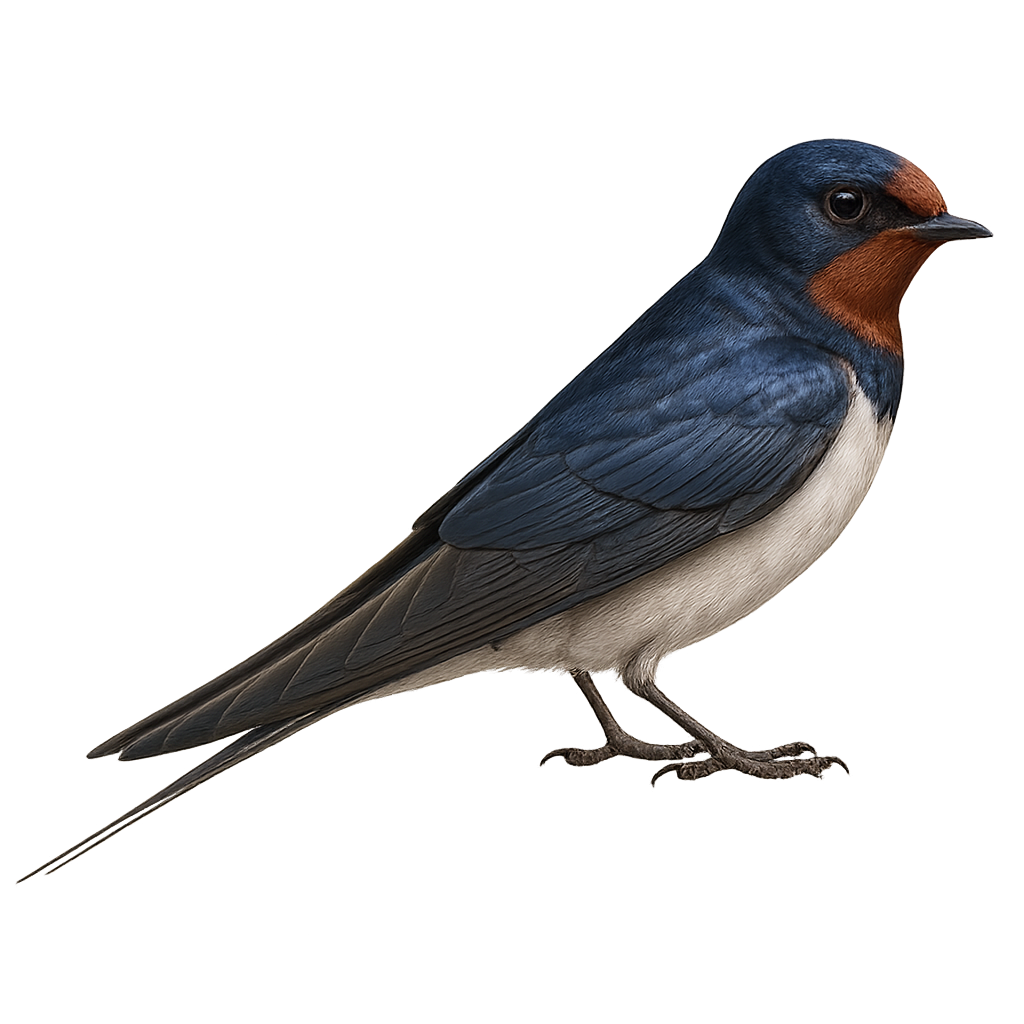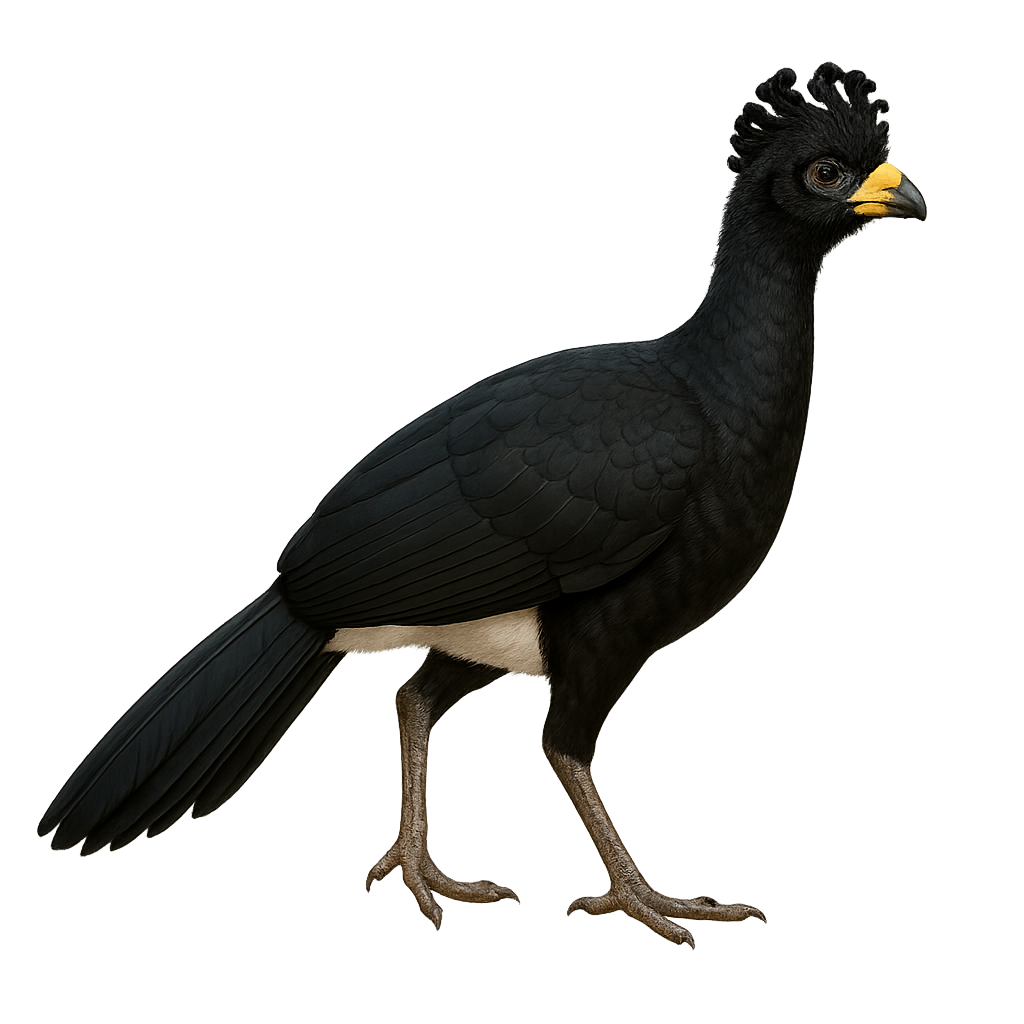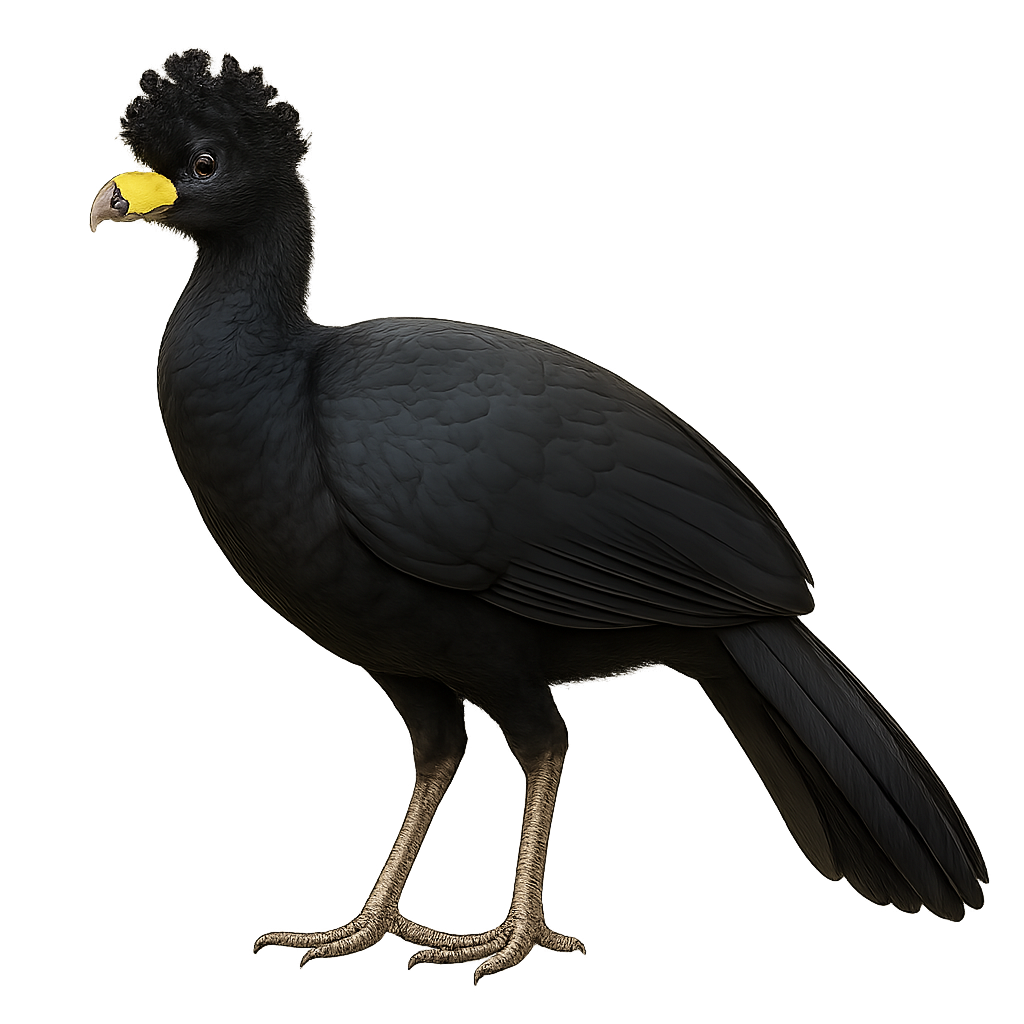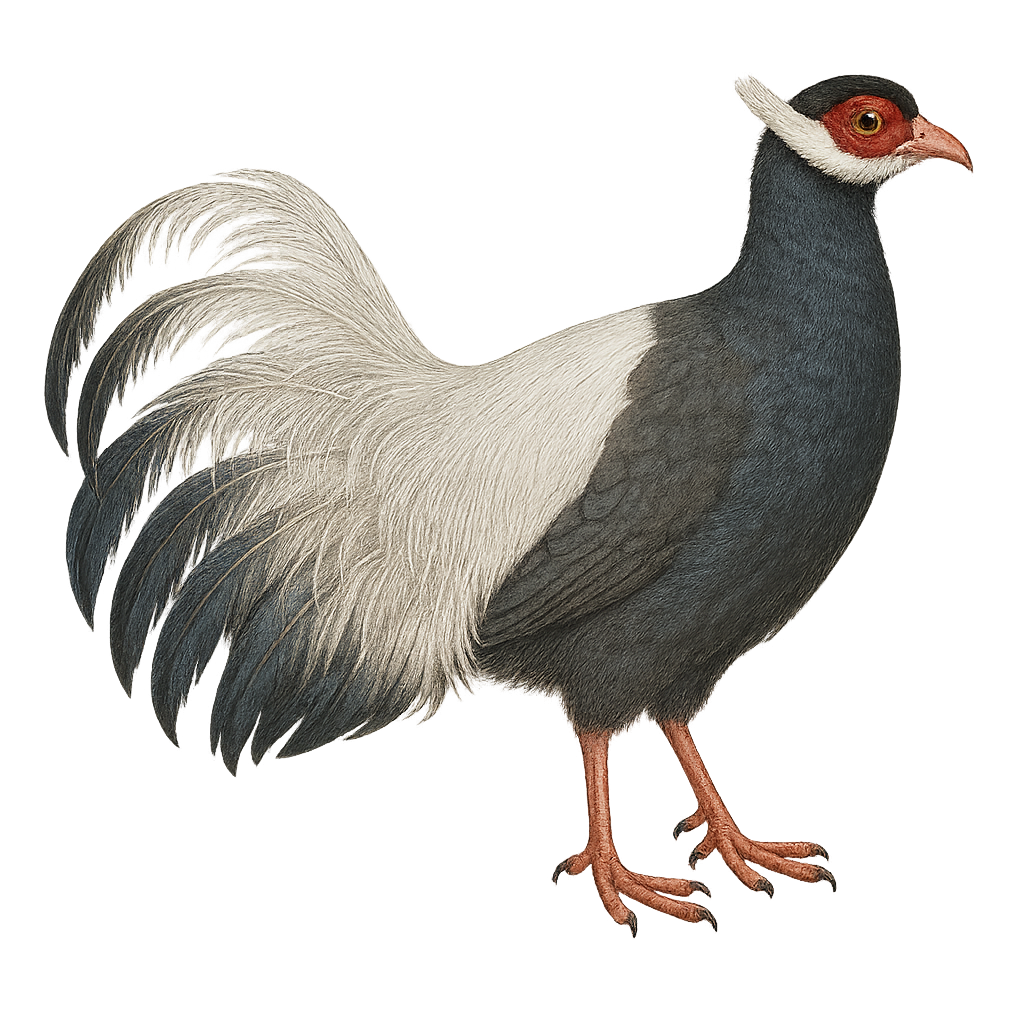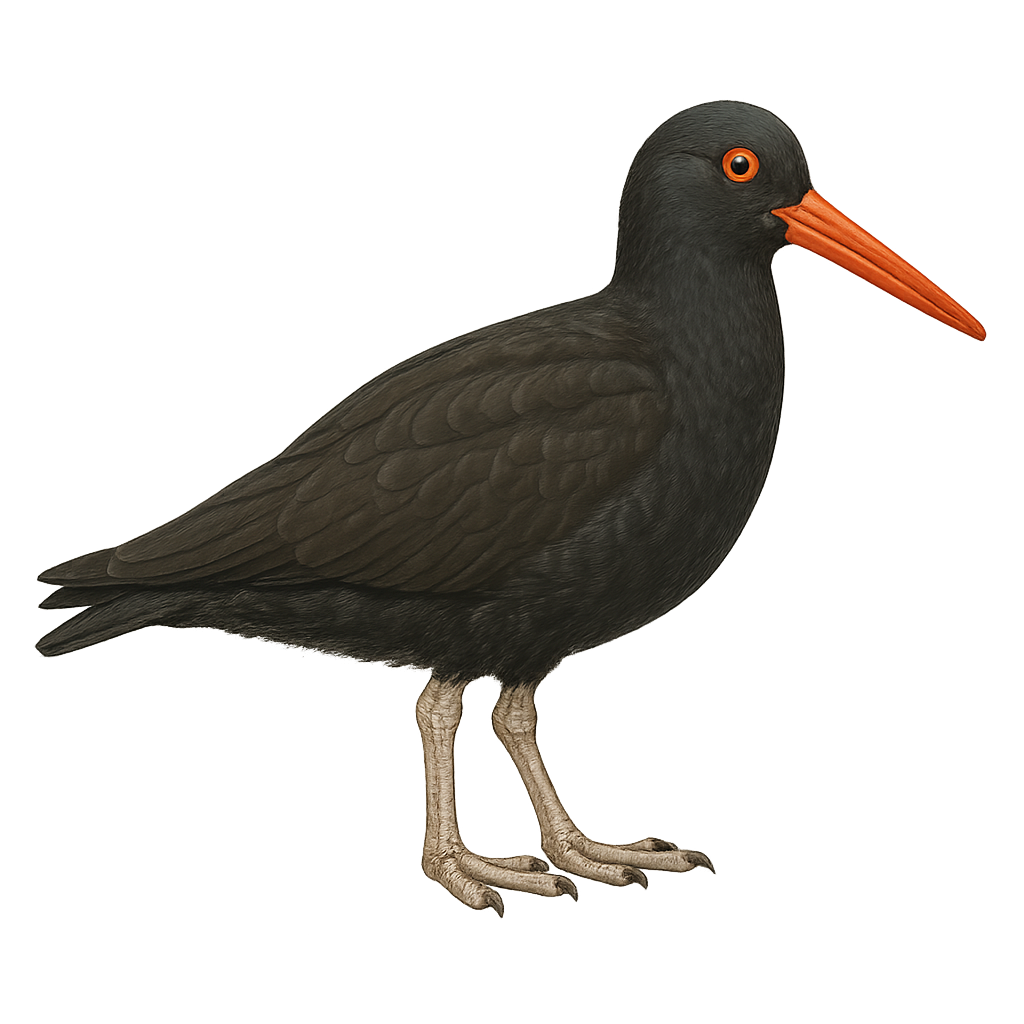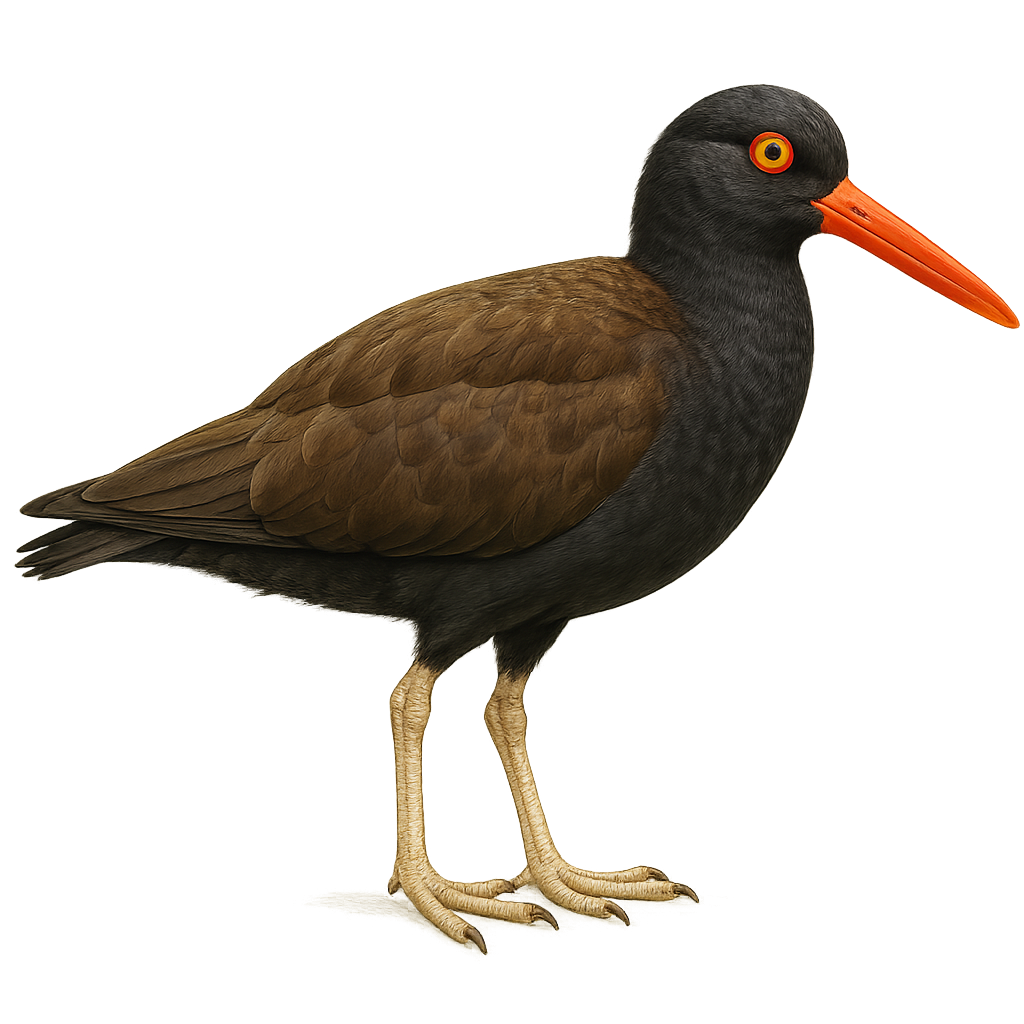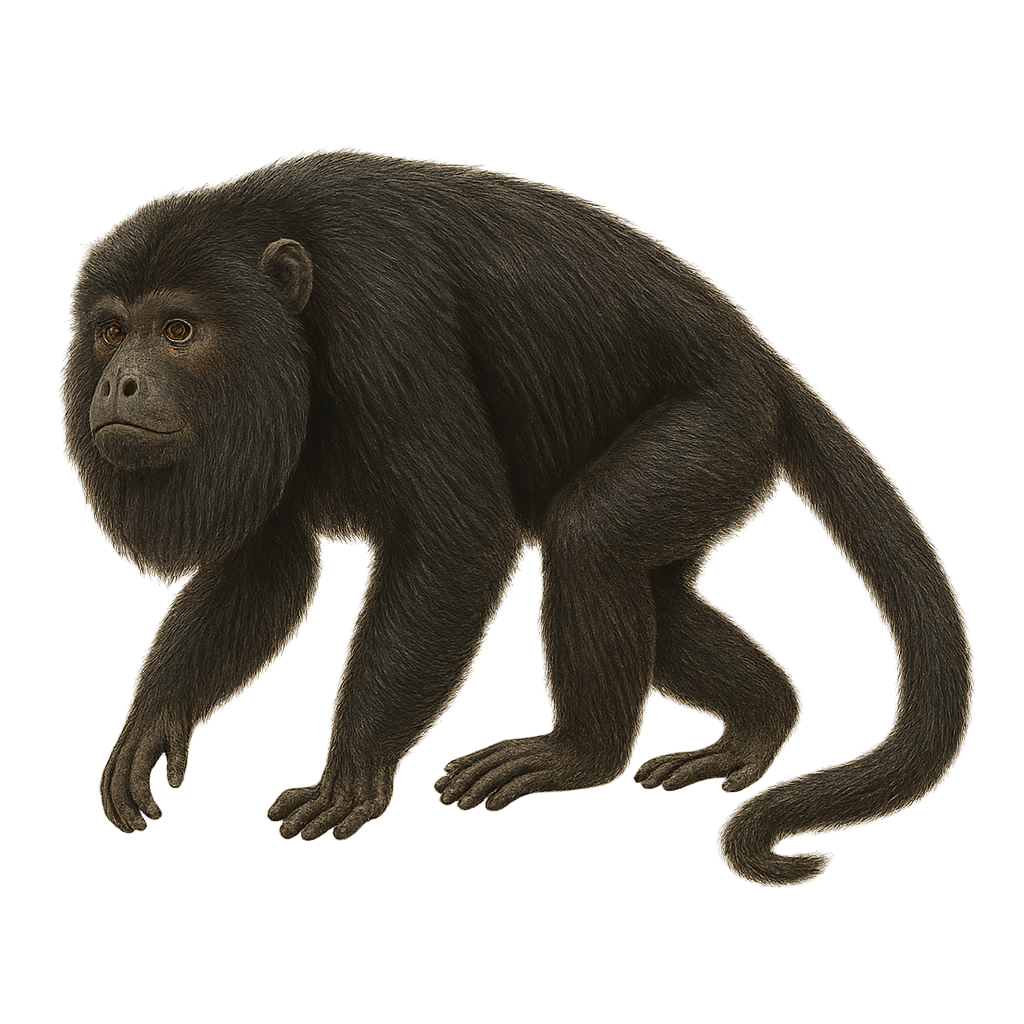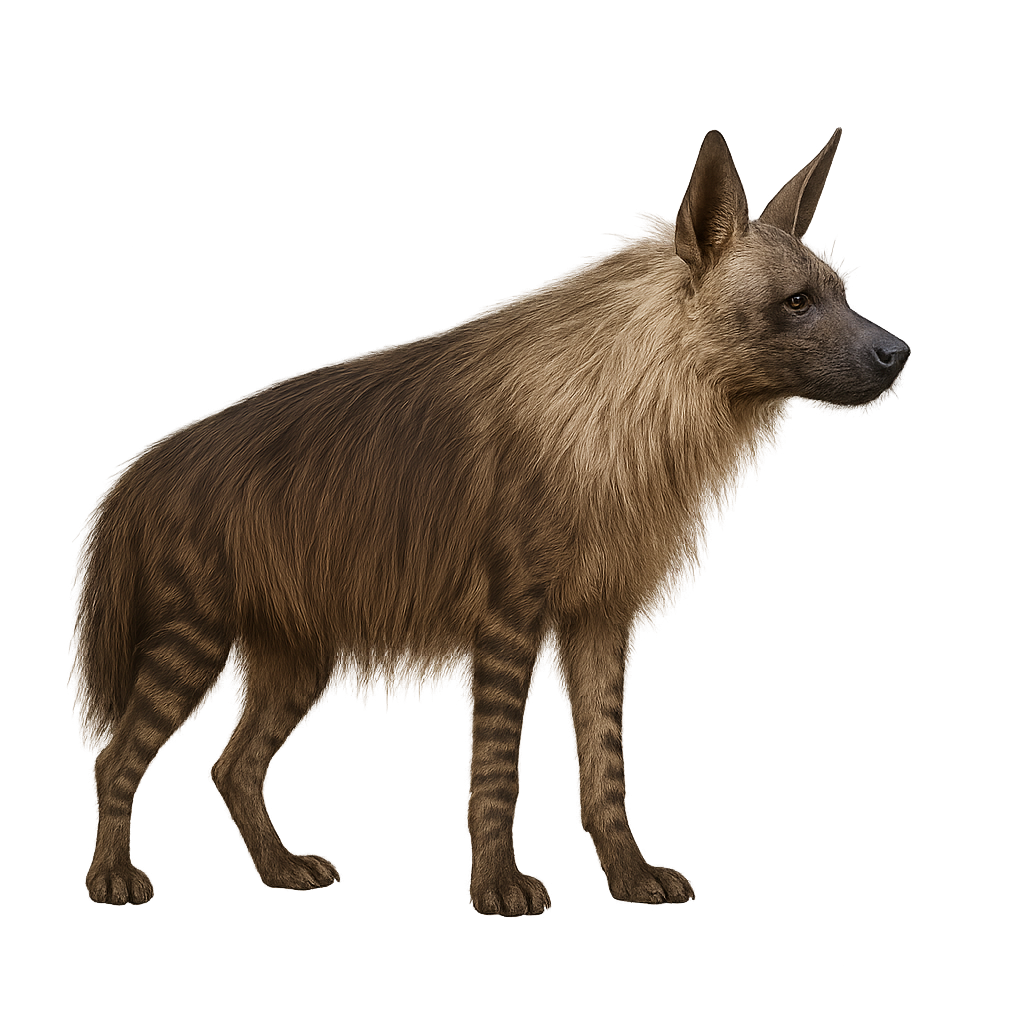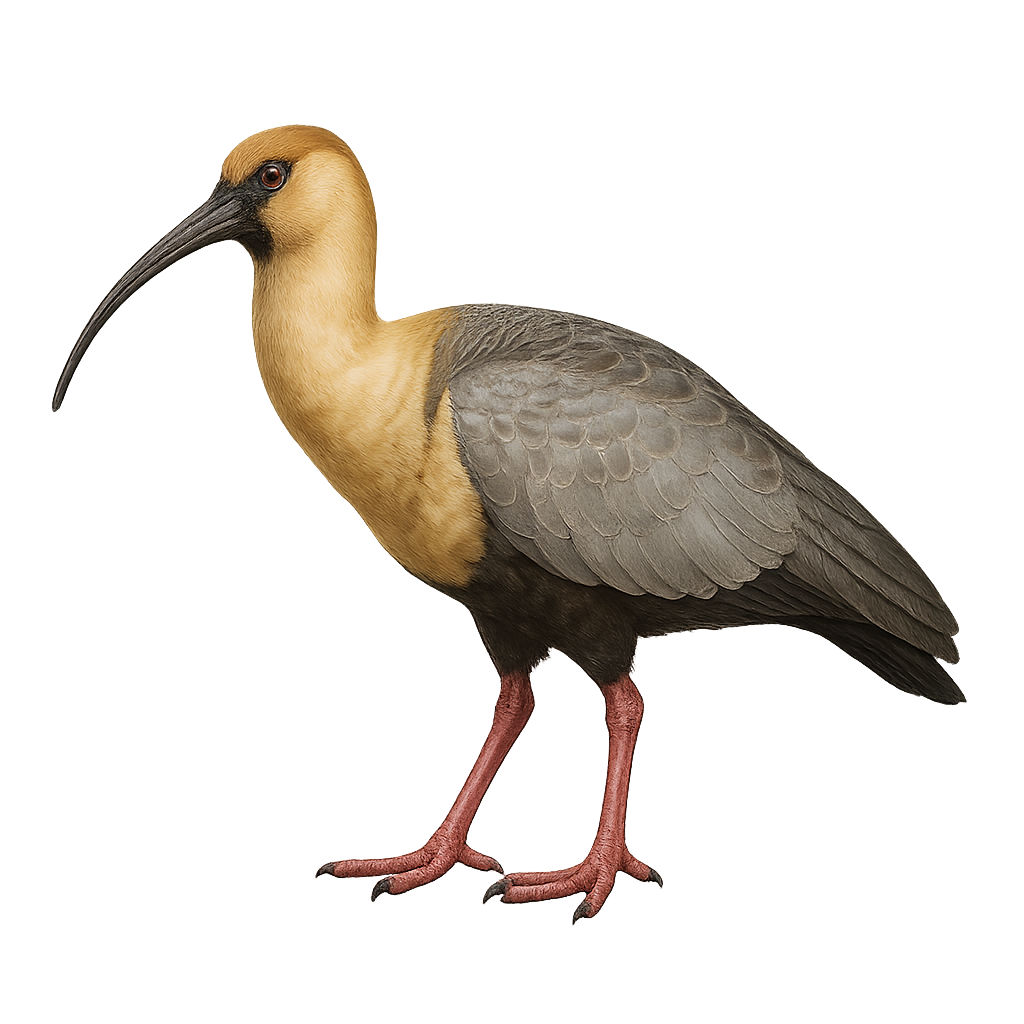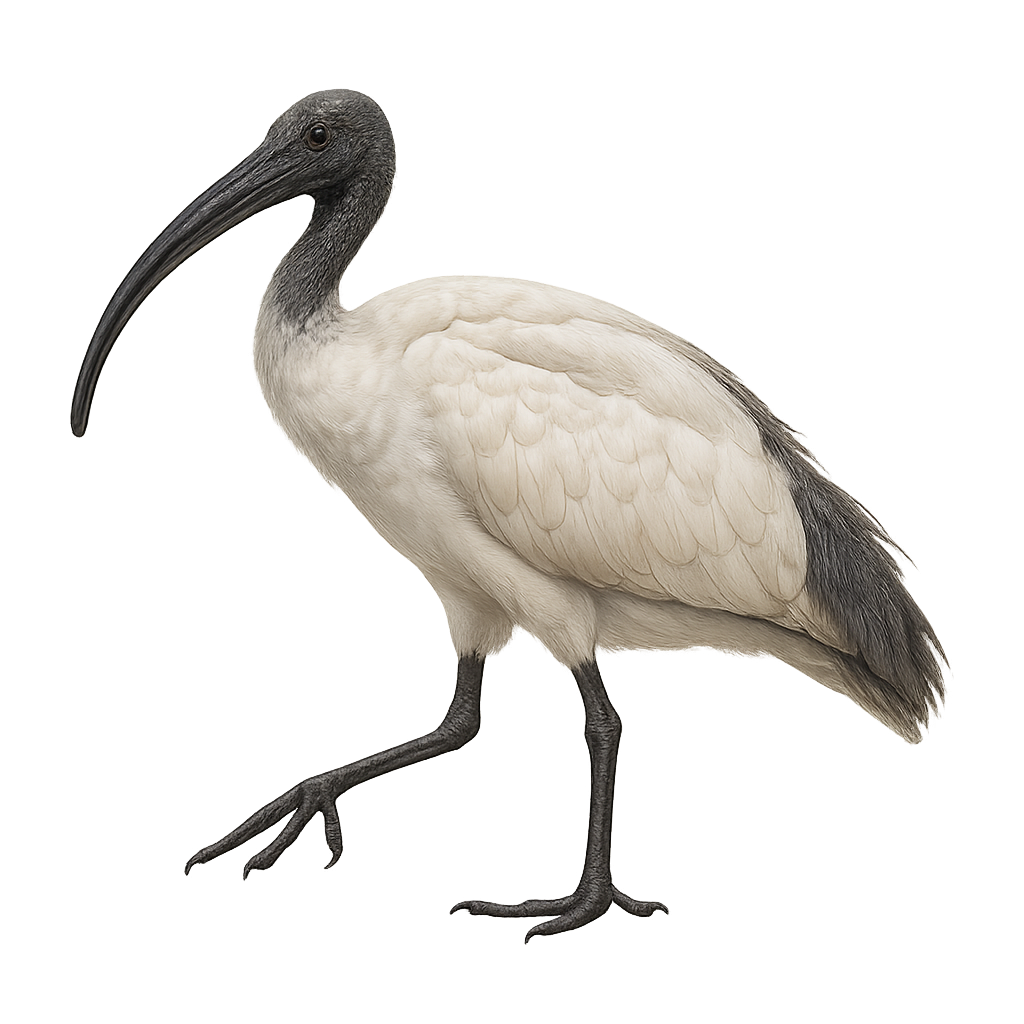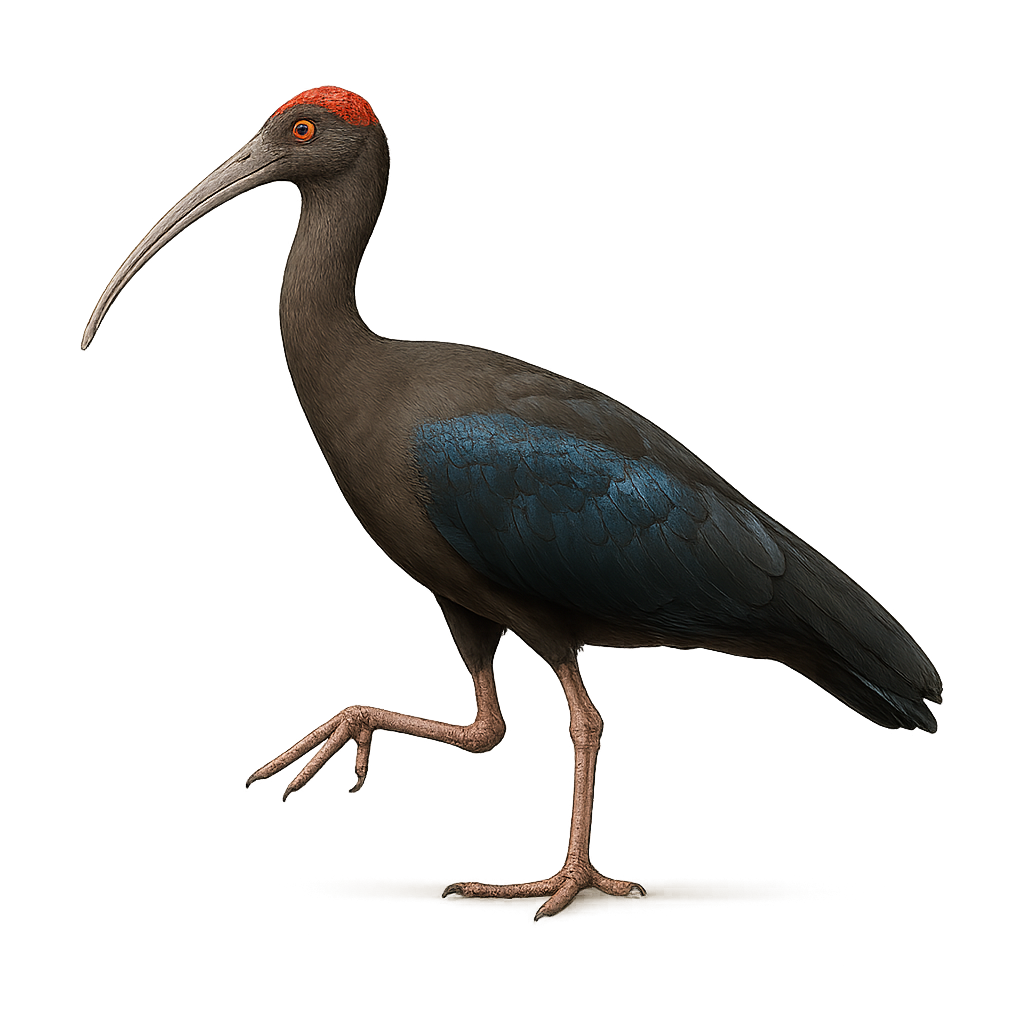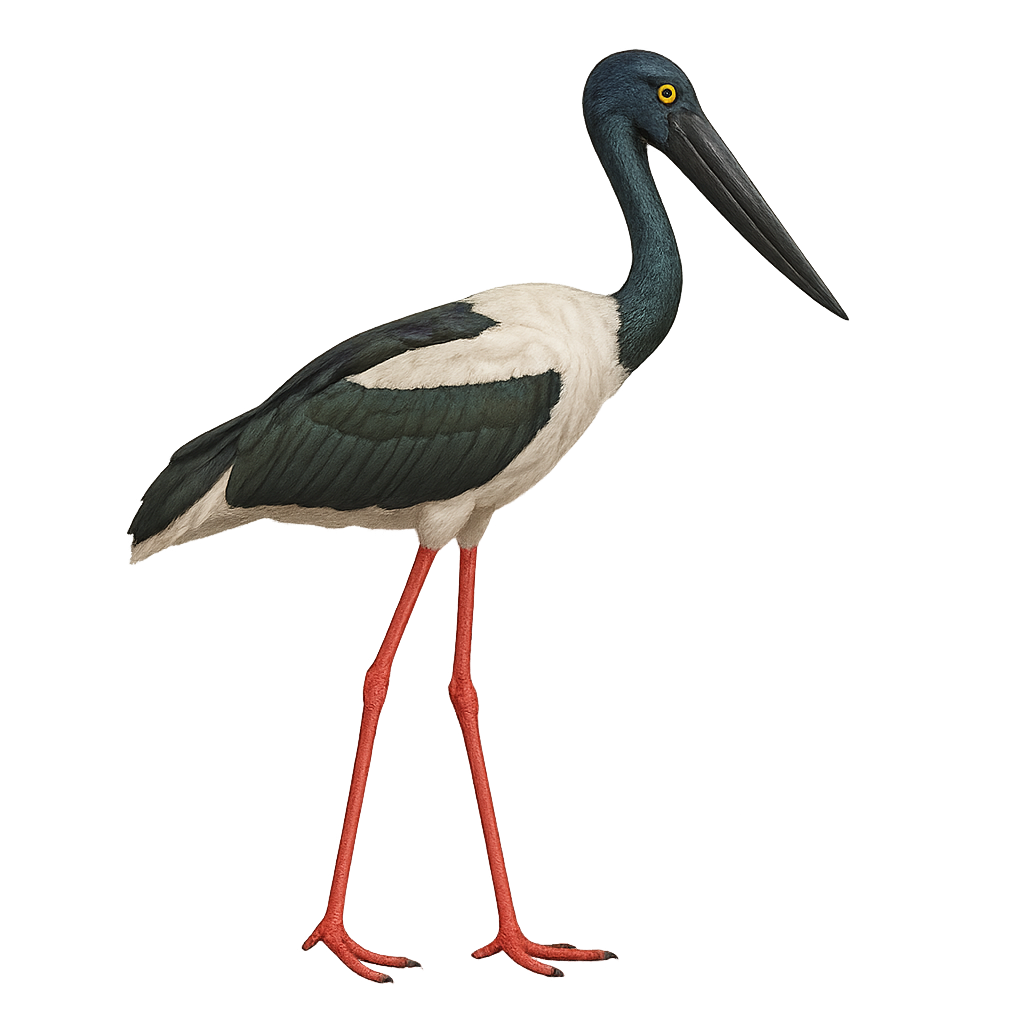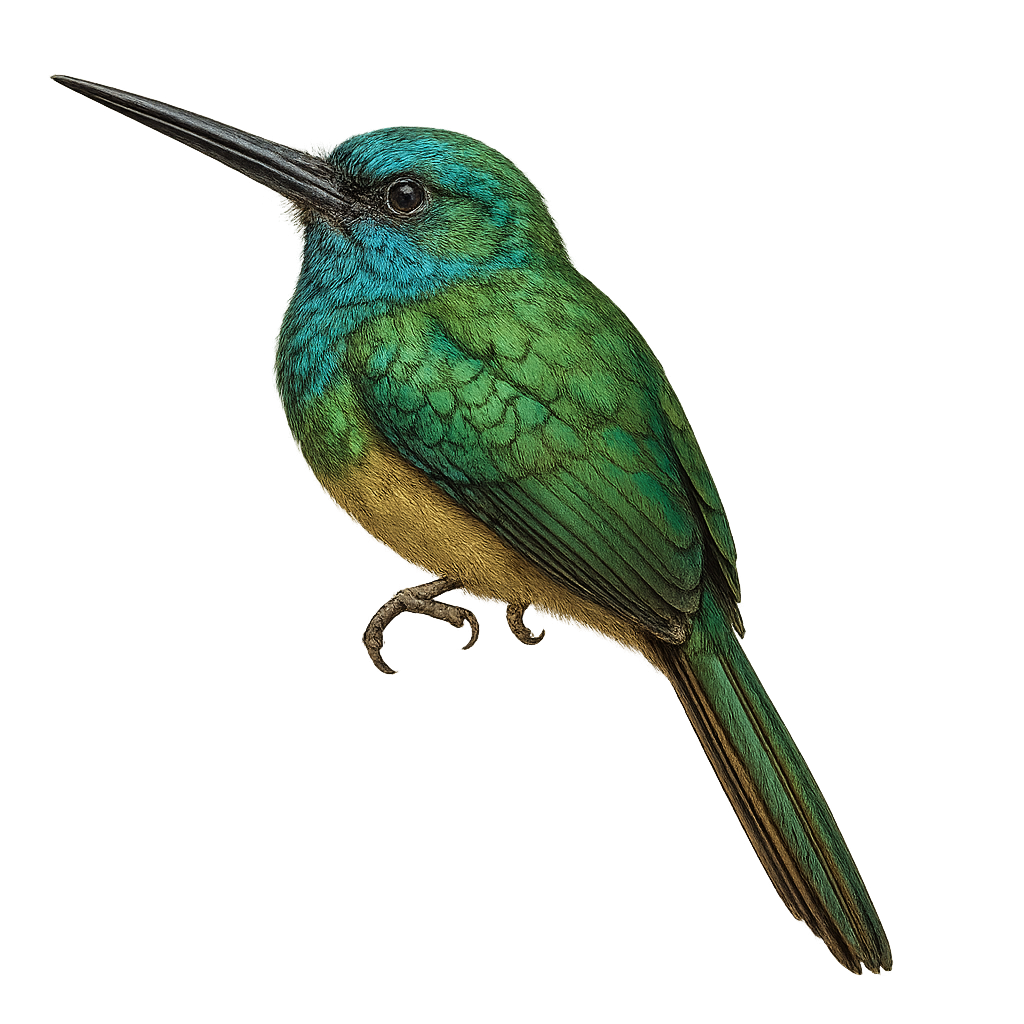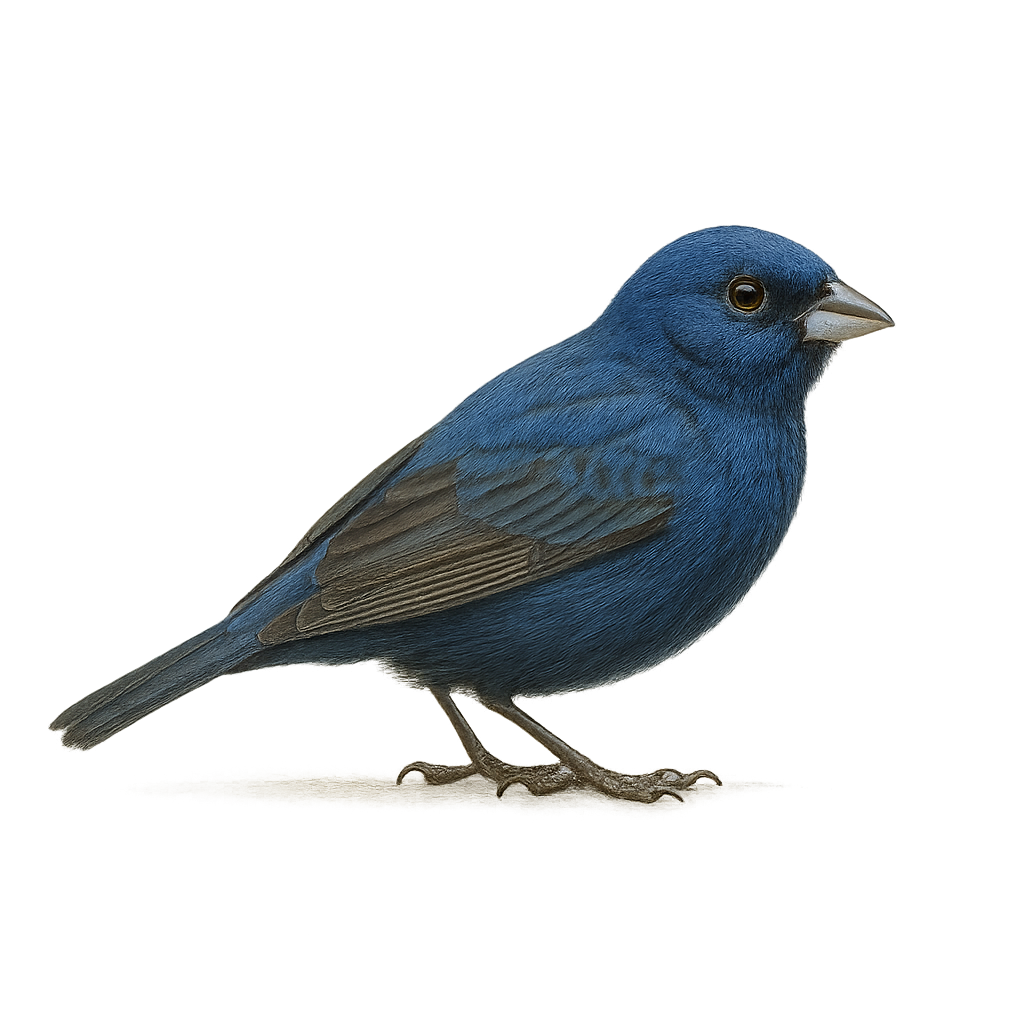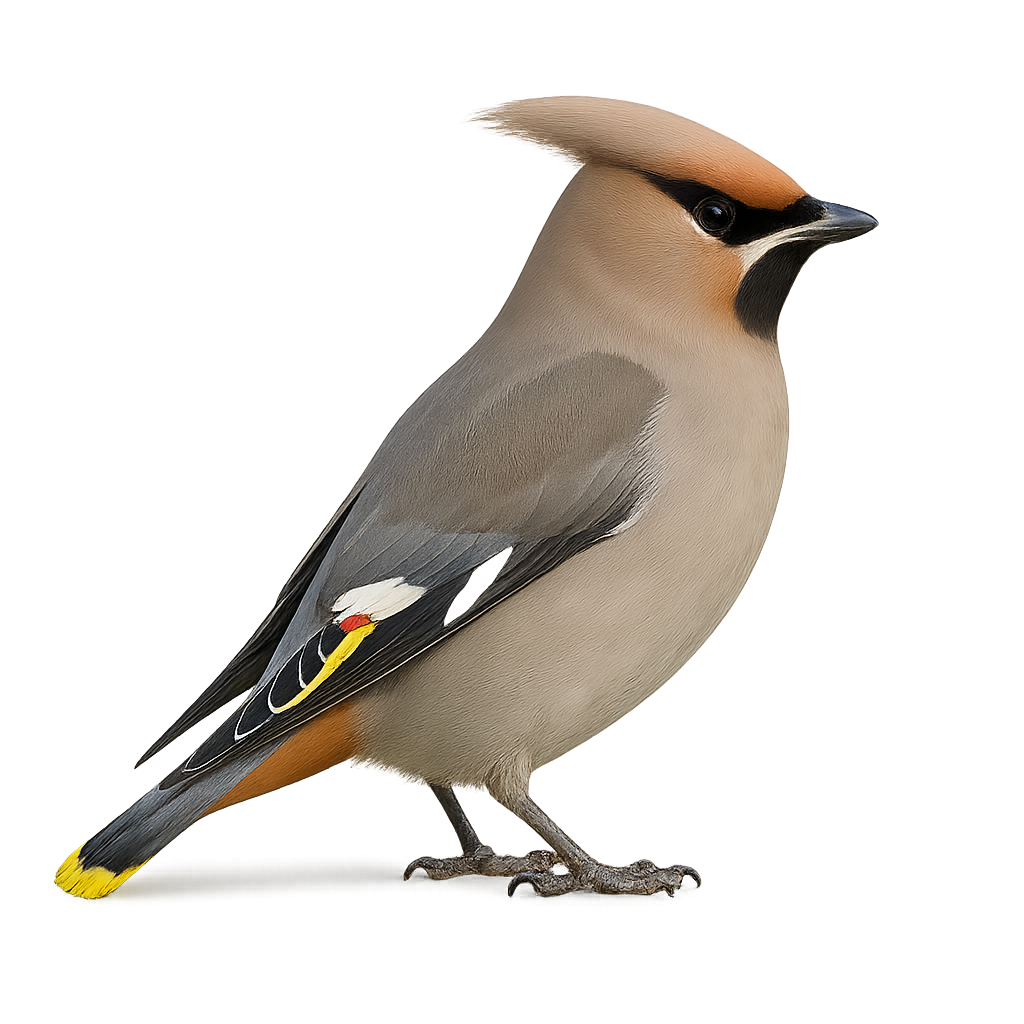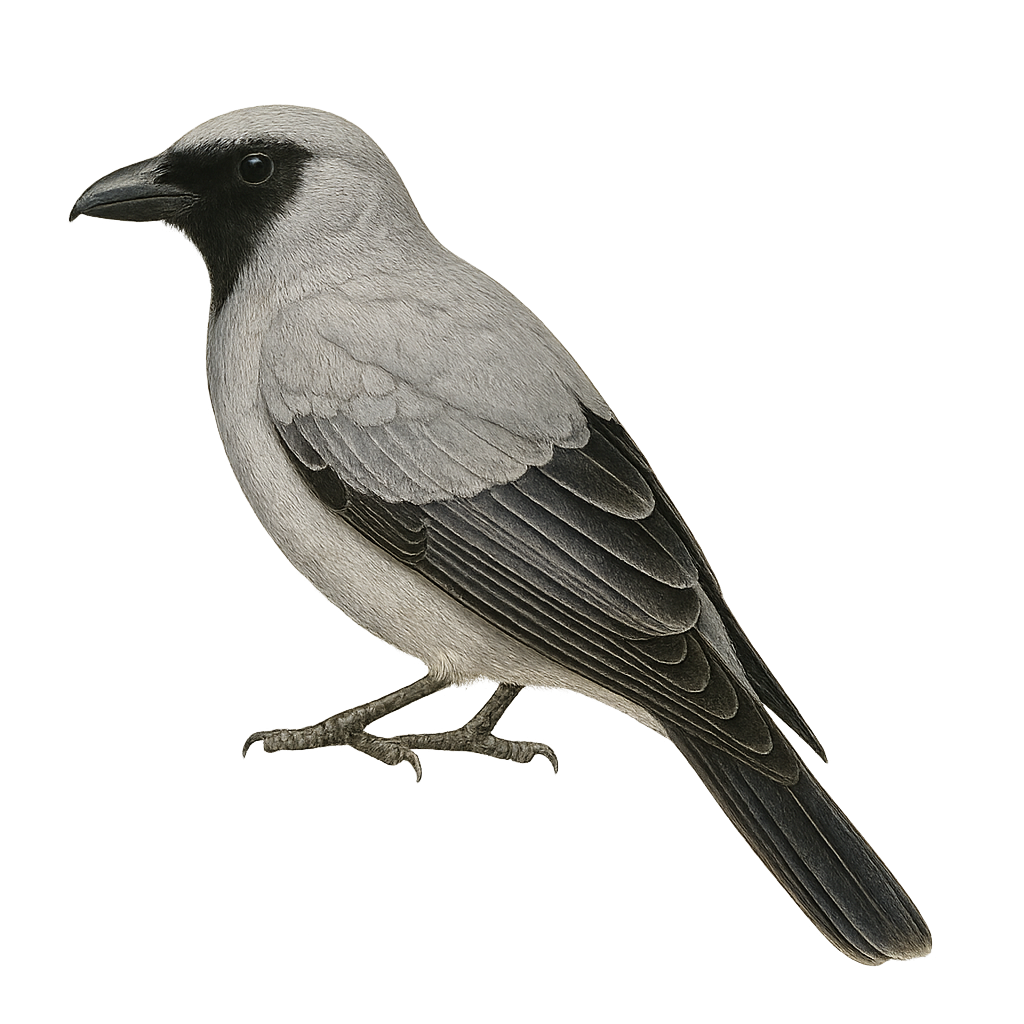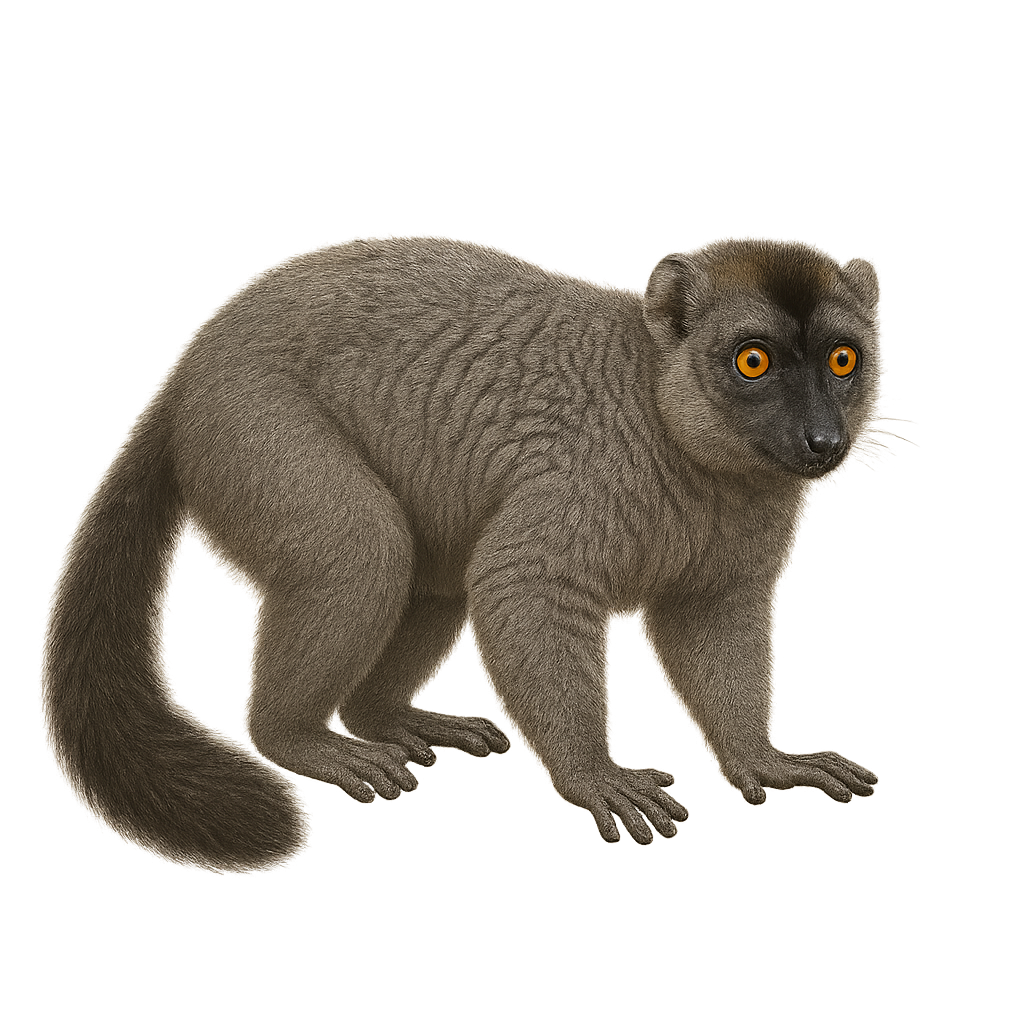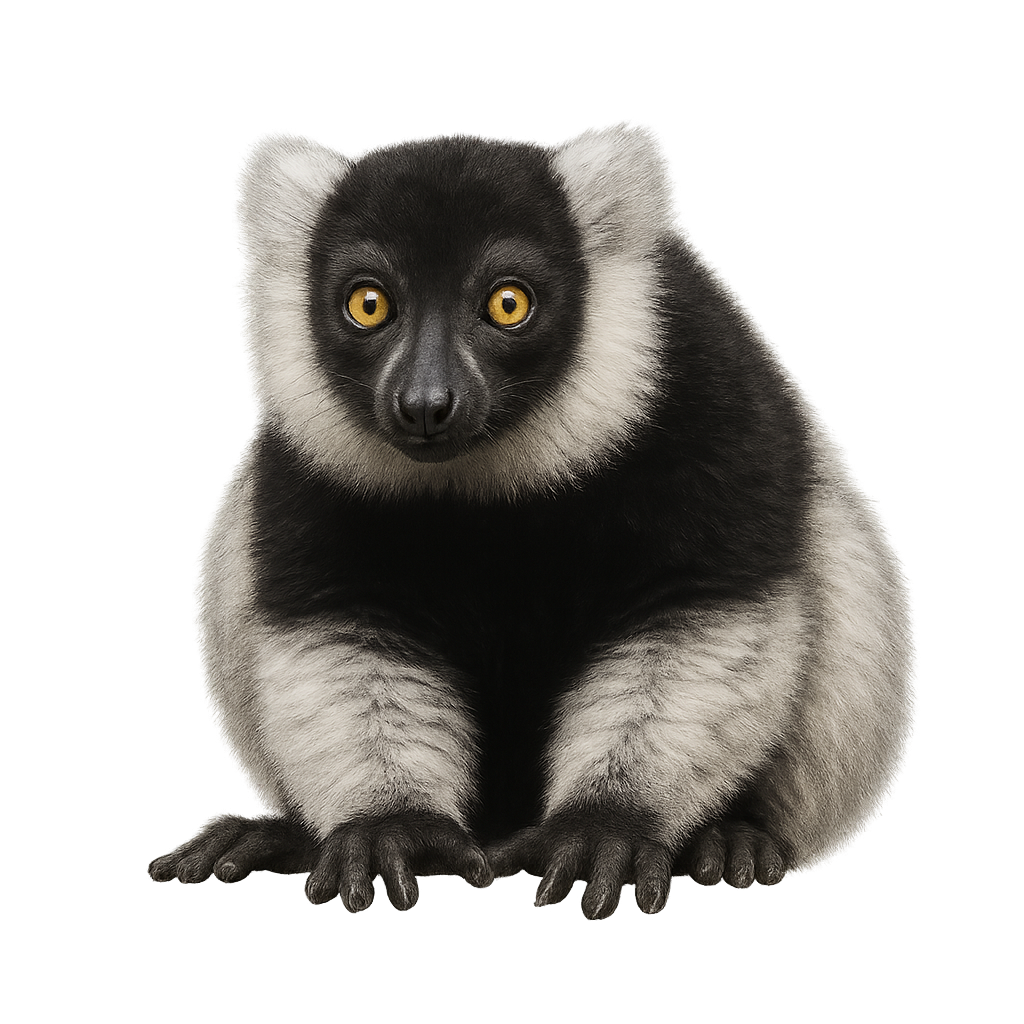The Boehm's Bee-eater, or Merops boehmi, is a colorful and fascinating bird, primarily found in the wooded regions and savannas of Central and East Africa. It is distinguished by its vibrant plumage, blending shades of green, blue, and yellow, with a long, tapered tail. This bee-eater is a specialized insectivore, feeding mainly on bees and other flying insects, which it skillfully captures in flight. Sociable by nature, it often lives in small colonies and nests in burrows dug into sandy banks. Its melodious song and aerial acrobatics make it a captivating sight for nature observers.
The Blue-cheeked Bee-eater, or Merops persicus, is a strikingly colorful bird known for its vivid green plumage, blue throat, and distinctive black eye stripe. Measuring about 28 to 30 cm in length, it features long, pointed wings and a forked tail. This migratory bird primarily feeds on flying insects, especially bees, wasps, and dragonflies, which it catches in flight with remarkable agility. It inhabits open areas, savannas, and riverbanks, often seen in groups. During the breeding season, it digs burrows in sandy banks for nesting. The Blue-cheeked Bee-eater is a fascinating sight for birdwatchers and nature enthusiasts.
The Black-headed Bee-eater, Merops gularis, is a fascinating bird belonging to the Meropidae family. This bee-eater is distinguished by its black head contrasting with its bright red throat and vibrant green plumage. It is primarily found in the humid tropical forests of West Africa, where it feeds mainly on flying insects, particularly bees and wasps. Its flight is agile and swift, allowing it to catch prey mid-air. Although its habitat is relatively stable, deforestation poses a threat to its population. The Black-headed Bee-eater is a sociable bird, often seen in small groups, and is known for its melodious and varied vocalizations.
The Hartebeest is a medium-sized antelope, easily recognizable by its large lyre-shaped horns and distinctive coat. It stands about 1.1 to 1.3 meters tall at the shoulder, with a weight ranging from 90 to 150 kg. Its coat is generally reddish-brown, with characteristic white markings on the belly, legs, and around the eyes, and a darker coat on the back. The Hartebeest primarily inhabits savannas, grasslands, and grassy areas in East and Southern Africa, notably in Kenya, Tanzania, South Africa, and Namibia. Herbivorous, it primarily feeds on grasses, leaves, and young shoots. It lives in social groups, usually composed of females and young, while adult males often live alone or in small groups. While the Hartebeest is not currently endangered, it faces threats such as habitat loss, hunting, and disease.
The bushbuck, or Tragelaphus scriptus, is a small African antelope known for its brown coat adorned with white stripes and spots. Males have spiral horns, while females do not. This mammal is primarily nocturnal and crepuscular, favoring dense forests and bushy areas where it can hide from predators. It is solitary, although females may be seen with their young. The bushbuck is an herbivore, feeding on leaves, fruits, and young shoots. Its ability to remain still and silent makes it a challenging animal to observe in its natural habitat.
The black tern is a small tern of 23–26 cm with contrasting black and white breeding plumage and a slender body. It inhabits freshwater wetlands, marshes and shallow lakes, feeding on insects and small fish caught in flight by pattering over the water surface. During breeding, it nests on floating vegetation, lays 2–4 eggs and defends its territory with swift aerial displays and sharp calls.
The Black Guillemot is a medium-sized seabird, measuring between 32 and 38 cm in length with a wingspan of 49 to 58 cm. In breeding plumage, it has a black body with a large white wing patch, bright red feet, and a red interior to its bill. In winter, its plumage becomes paler, with a light grey back and head and white underparts. It inhabits rocky coasts of the North Atlantic and Arctic, nesting in crevices of cliffs or under rocks. Its diet mainly consists of fish, crustaceans, and mollusks, which it captures by diving up to 50 meters deep. Although listed as Least Concern by the IUCN, it is sensitive to marine pollution and predation by introduced species.
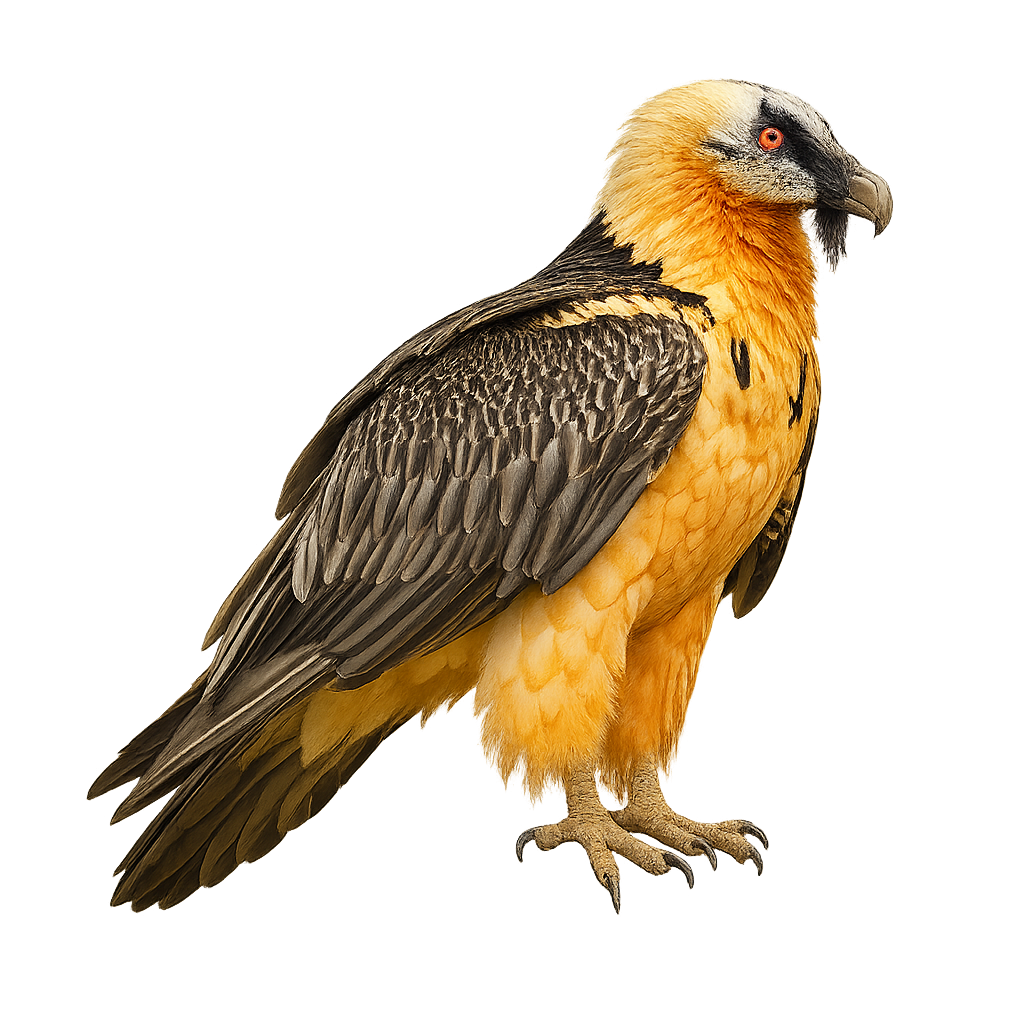
The Bearded Vulture is a large vulture, easily recognizable by its distinctive head, large wings, and brown and white plumage. It measures about 1.1 to 1.3 meters in length, with a wingspan of 2.6 to 2.8 meters, and weighs between 4.5 and 7.5 kg. Its head is covered with dark feathers, while its wings and back are mainly brown, with lighter feathers on its belly. The Bearded Vulture is unique among vultures for its feeding behavior, as it primarily feeds on bones. It is capable of breaking the hardest bones by dropping them from great heights to shatter them, allowing it to access the bone marrow. It primarily inhabits mountains, notably the Alps, the Pyrenees, and the Himalayas, where it also feeds on carcasses of dead animals, such as chamois or mouflons. Although the species was once endangered, conservation efforts have helped restore its population in certain areas. However, the Bearded Vulture remains vulnerable to human disturbance, habitat loss, and the decline of its natural prey.
The Blue-and-white Swallow, or Pygochelidon cyanoleuca, is a small, agile bird easily recognized by its metallic blue back and white belly. It frequents open areas, often near water, where it skillfully hunts flying insects. This species is widespread in South America, from Panama to Argentina. It is often seen in groups, especially outside the breeding season. Nests are typically built in natural or artificial cavities, such as bridges or buildings. Although its conservation status is currently "least concern," it is sensitive to environmental changes, particularly pollution and habitat destruction.
The barn swallow is a small migratory bird found primarily in Europe, Asia, and Africa. It is easily recognizable by its metallic blue back, pointed wings, and deeply forked tail. This bird is often seen flying at high speeds, hunting insects which it catches mid-flight. The barn swallow builds its nest under roofs, in barns, or buildings, and undertakes an impressive long migration each year.
The Bare-faced Curassow is a large terrestrial bird from the Cracidae family, primarily found in the tropical forests of South America, including Brazil, Bolivia, Paraguay, and Argentina. It is easily recognizable by its glossy black plumage in males, with a bright yellow bare face, while females have brown plumage with barred patterns. This bird prefers dense forest habitats where it feeds mainly on fruits, seeds, and insects. Although capable of flight, it spends most of its time on the ground. The Bare-faced Curassow is threatened by deforestation and hunting, leading to population declines in some areas.
The Crax alector, commonly known as the Black Curassow, is a large bird from the Cracidae family, native to the tropical forests of South America. It is easily recognizable by its glossy black plumage and distinctive curly crest. Males have a bright yellow beak, while females display more subdued patterns. This bird prefers dense forest habitats where it primarily feeds on fruits, seeds, and insects. Although capable of flight, it spends most of its time on the ground. The Black Curassow plays a crucial role in seed dispersal, aiding in forest regeneration. Unfortunately, it is threatened by deforestation and excessive hunting, leading to population declines in some areas.
The Brown Eared Pheasant, or Crossoptilon mantchuricum, is a fascinating bird native to the mountainous forests of China. This pheasant is distinguished by its long white ear tufts, which give it its name. Its plumage is primarily brown with metallic sheens, and it boasts an impressive tail. Males and females are similar, although males are slightly larger. They live in family groups and are known for their complex social behavior. Their diet mainly consists of seeds, roots, and insects. Unfortunately, this species is threatened by habitat loss and hunting. Conservation efforts are underway to protect these majestic birds and their environment.
The Black Oystercatcher is a distinctive coastal bird, recognizable by its black plumage and long red-orange bill. It primarily inhabits the rocky coasts of the North Pacific, from Alaska to California. This bird is often seen foraging for mollusks and crustaceans, which it skillfully opens with its powerful bill. Although its appearance is understated, its loud and piercing call is easily identifiable. The Black Oystercatcher is monogamous and vigorously defends its territory during the breeding season. Pairs often nest on rocky islets, where they typically lay two to three eggs. Despite its wide distribution, it is sensitive to human disturbances and environmental changes, making it a species to watch.
The Blackish Oystercatcher, Haematopus ater, is a robust and distinctive coastal bird, recognizable by its uniform black plumage and long, bright red bill. It primarily inhabits the rocky shores of South America, from Patagonia to Peru. Often seen in small groups, this bird feeds on mollusks and crustaceans, skillfully opening them with its powerful bill. Although mostly sedentary, some individuals may undertake short migrations. The Blackish Oystercatcher is monogamous and vigorously defends its nesting territory. Its piercing call is often heard above the sound of the waves. Despite its wide distribution, it is sensitive to human disturbances and marine pollution.
The Alouatta caraya, commonly known as the black howler, is a primate of the Atelidae family. This monkey is easily recognizable by its black fur in males and golden brown in females. It primarily inhabits the tropical and subtropical forests of South America, notably in Brazil, Argentina, Paraguay, and Bolivia. Black howlers are famous for their powerful calls, audible over several kilometers, used to mark their territory. They live in social groups consisting of several individuals and primarily feed on leaves, fruits, and flowers. Their arboreal lifestyle makes them particularly agile in trees, although they spend much of their time resting to digest their fiber-rich diet.
The brown hyena, scientifically known as Parahyaena brunnea, is a medium-sized carnivorous mammal, primarily nocturnal, inhabiting the arid and semi-arid regions of southern Africa. It is distinguished by its long, shaggy coat, ranging from dark brown to black, with lighter stripes on its legs. Its snout is pointed, and it has large, rounded ears. Unlike other hyenas, it is mainly a scavenger, feeding on carcasses left by other predators. It lives in small family groups but often hunts alone. Although its appearance might seem intimidating, it is generally shy and avoids human interactions.
The Black-faced Ibis, or Theristicus melanopis, is a medium-sized bird belonging to the Threskiornithidae family. It is easily recognizable by its gray and brown plumage, distinctive black face, and long curved bill. This bird is primarily found in South America, particularly in Argentina, Chile, and Uruguay. It inhabits various environments, from open grasslands to wetlands, and feeds mainly on insects, worms, and small invertebrates. The Black-faced Ibis is a gregarious bird, often seen in groups, and is known for its distinctive calls. Although not considered threatened, it is sensitive to environmental changes and habitat loss.
The Black-headed Ibis, Threskiornis melanocephalus, is an elegant and distinctive bird, easily recognizable by its black head and neck contrasting with its white plumage. This bird, belonging to the Threskiornithidae family, is often found in the wetlands of South and Southeast Asia, where it primarily feeds on small invertebrates, fish, and crustaceans. Measuring about 65 to 75 cm in length, it has a long, curved bill ideal for probing in the mud. Although its conservation status is currently "near threatened," monitoring its populations is crucial due to the ongoing degradation of its natural habitat. The Black-headed Ibis is a gregarious bird, often seen in groups, making it fascinating to observe for birdwatchers and nature enthusiasts.
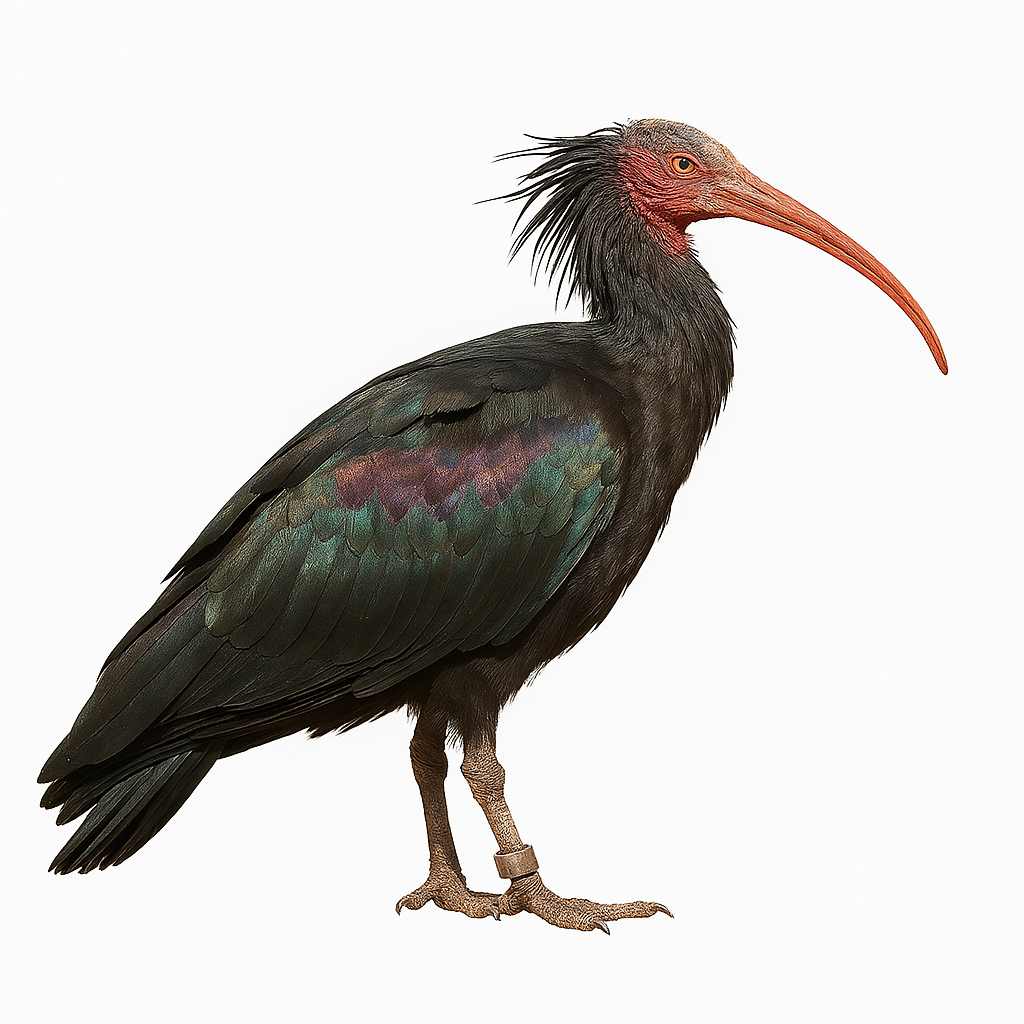
The Bald Ibis is a large migratory bird, easily recognizable by its dark plumage and bare head, adorned with a light down. It measures about 65 cm in length, with a wingspan of 1.3 to 1.4 meters, and weighs between 1.5 and 2.5 kg. Its plumage is brownish-red, with metallic green and purple hues that appear in the light. The head of the Bald Ibis is almost completely devoid of feathers, except for a small tuft of feathers on the top. It has a long curved beak, adapted for probing the ground in search of small invertebrates, worms, and seeds. The Bald Ibis primarily inhabits wetlands, marshes, and river valleys in the Middle East, North Africa, and parts of Europe. It is primarily herbivorous and insectivorous, feeding on aquatic plants and small animals found in marshy areas. The Bald Ibis is a migratory species, moving in groups during the breeding season and winter. While the species has been severely reduced in its range, conservation efforts have helped maintain small populations in certain areas. However, it remains vulnerable to habitat loss and human disturbance.
The Bare-faced Ibis, or Theristicus caudatus, is a medium-sized bird easily recognizable by its grayish plumage and distinctive bare face. It features a long, curved bill, ideal for probing the ground for food. This ibis primarily inhabits wetlands, grasslands, and marshes in South America, notably in Brazil, Argentina, and Uruguay. It is often seen in small groups, feeding on small invertebrates, crustaceans, and sometimes seeds. Although generally tolerant of human presence, it prefers less disturbed areas for breeding. Its breeding season varies by region, but it is known to build nests high up, often in trees or dense bushes.
The Black-headed Ibis, or Pseudibis papillosa, is a medium-sized bird known for its distinctive black head and neck contrasting with its white body. It primarily inhabits wetlands, marshes, and rice paddies in South Asia. This ibis is often seen in small groups, feeding on crustaceans, insects, and small fish. Although relatively common in some areas, habitat degradation poses a threat to its population. Its flight is graceful, with slow and steady wing beats, and it emits characteristic harsh calls. The breeding season varies by region but is often influenced by the rainy season.

The Black Iguana, also known as Ctenosaura similis, is a medium-sized terrestrial reptile, easily recognizable by its bright colors and distinctive scales. It measures between 40 and 60 cm in length, with a tail that can measure up to twice its body length, and weighs between 300 and 600 g. Its body is typically dark gray to black, with light spots and stripes that help it blend into its natural environment. The Black Iguana primarily inhabits dry and arid areas and dry forests in Central America, notably in Costa Rica, Nicaragua, and Honduras. It primarily feeds on fruits, leaves, and flowers but can also consume insects and small animals. Although it is an excellent climber, it prefers to spend most of its time on the ground or in shrubs. The Black Iguana is known for its ability to move quickly to escape predators and can also swim and dive into water for protection. While the species is generally considered not threatened, it is vulnerable to habitat destruction and illegal collection for the wildlife trade.
The Black-necked Stork, or Ephippiorhynchus asiaticus, is a large wader with distinctive plumage. It features a bright white body contrasted by an iridescent black neck and head. Its long red legs and massive black bill give it a majestic appearance. Found mainly in wetlands, marshes, and rivers of South and Southeast Asia, this stork is a solitary bird or lives in small groups, feeding primarily on fish, frogs, and aquatic insects. Although generally silent, it can produce bill-clattering sounds during courtship. Its population is declining due to habitat loss and pollution, but it is still present in several nature reserves.
The Bluish-fronted Jacamar, scientifically known as Galbula cyanescens, is a captivating bird from the Galbulidae family. It is primarily found in the humid tropical forests of South America, particularly in Brazil and Bolivia. This bird is distinguished by its striking plumage, featuring shades of blue and green that catch the sunlight. It measures about 18 to 20 cm in length and has a long, slender beak, perfect for catching insects in flight. The Bluish-fronted Jacamar is often seen perched on branches, patiently watching for prey. Although relatively discreet, its melodious song can be heard throughout the canopy. It plays a crucial role in the ecosystem by regulating insect populations.
The Blue-black Grassquit, or Volatinia jacarina, is a small passerine bird in the Thraupidae family, primarily found in Central and South America. This bird is notable for the male's blue-black plumage, while the female displays more brownish tones. It is often seen in open areas, grasslands, and cultivated fields. Its song is a rapid, repetitive chirping. The Blue-black Grassquit is known for its spectacular courtship displays, where the male performs vertical jumps to attract the female's attention. Although quite common in its range, it is sensitive to environmental changes and habitat loss due to agricultural expansion.
The Bohemian Waxwing is a small colorful bird, easily recognizable by its characteristic crest and the black edges of its feathers. It measures about 20 cm in length, with a wingspan of 30 to 35 cm, and weighs between 50 and 70 g. Its plumage is primarily light gray with bright yellow and red hues on its wings and tail, and it has red and yellow feathers decorating the tips of its plumage. The Bohemian Waxwing primarily inhabits the dense coniferous and deciduous forests of northern Europe and Asia, as well as North America. It is often found in groups, feeding primarily on berries, especially those from juniper and sea buckthorn trees, but it can also eat insects and seeds. This small passerine is also known for its soft call and social behavior, particularly during migration in groups. Although the species is not endangered, it is sensitive to climate change and the availability of its preferred food, berries.
The Black-faced Cuckoo-shrike is a medium-sized bird, recognizable by its silver-grey plumage and distinctive black mask around the eyes. It is primarily found in Australia, where it inhabits various environments ranging from open forests to urban areas. This bird is known for its graceful flight and melodious calls. It primarily feeds on insects and fruits, often catching them in mid-air. Although generally solitary, it can be seen in small groups during migration. Its adaptability to different habitats makes it a resilient species, although habitat destruction may pose long-term threats.
The brown lemur, or Lemur fulvus, is a primate endemic to Madagascar. It is characterized by its dense, soft fur, typically brown-grey in color, with lighter shades on the belly. Males and females show little sexual dimorphism, although males may have a slightly darker hue. These lemurs live in social groups of up to 15 individuals. They are primarily arboreal, moving with agility through the canopy. Their diet is varied, including fruits, leaves, and sometimes insects. Threatened by deforestation and hunting, their conservation status is concerning.
The black-and-white ruffed lemur, or Varecia variegata, is a primate endemic to Madagascar, known for its distinctive black and white fur. It primarily inhabits the island's eastern rainforests. This lemur is diurnal and arboreal, spending most of its time in the canopy searching for fruits, flowers, and leaves. Social groups usually consist of two to five individuals, often led by a dominant female. Unfortunately, this species is critically endangered due to deforestation and hunting. Conservation efforts are crucial for its long-term survival.


